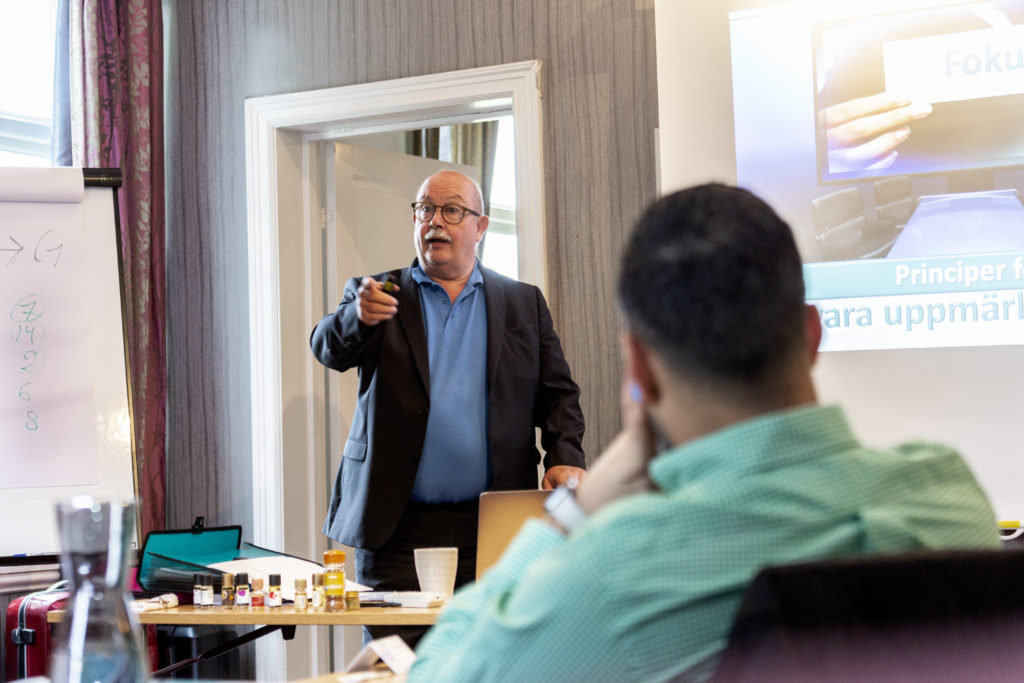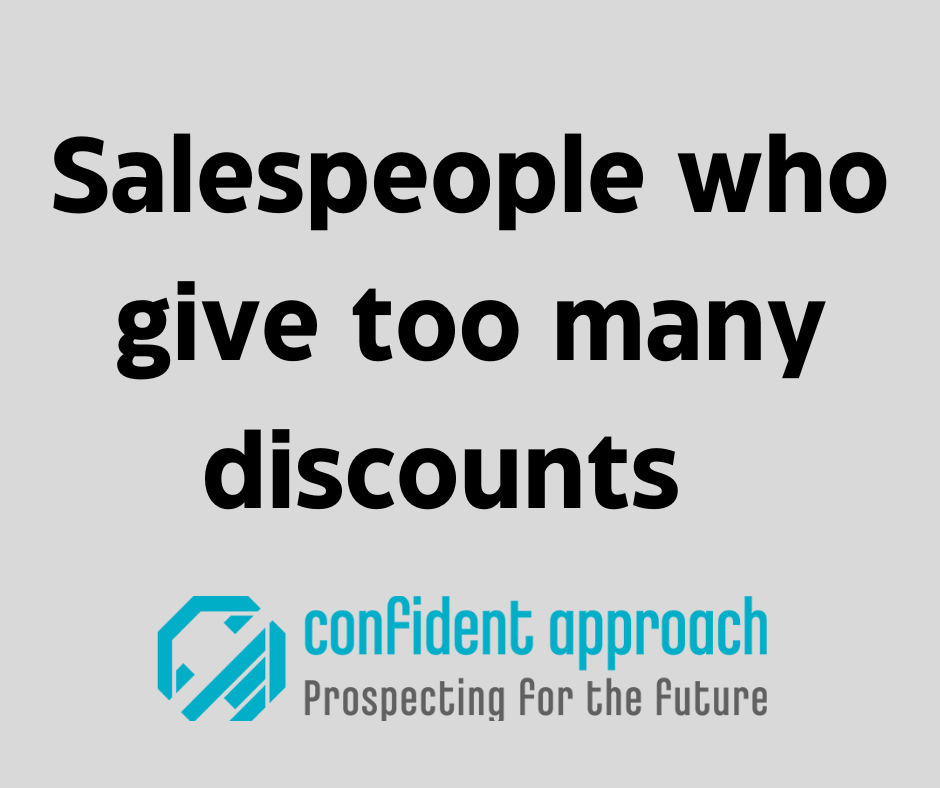Does it happen in your organization that you give too many or completely unnecessary discounts? In this column “Salespeople who give too many discounts”, sales expert Christer B Jansson writes about how you/you can avoid that trap?

Some sales managers think that their salespeople give too many discounts, and if so, how can you avoid that trap? I remember from the 80s when I worked as a salesperson at Dagens Nyheter that the Advertising Director at Expressen had said to a customer who was wondering if she could get a discount. The answer was something similar to – “we have discounts in the garden and you are welcome to come here and admire them, but you are not allowed to take them home with you.” Maybe not the smoothest answer and yes, the customer bought anyway.
There are two big reasons why salespeople give a discount unnecessarily. One is that they don’t have a sales training and structure to handle it. So an experienced sales trainer can help with that. There are many sales trainers out there who can give salespeople solid training on how to or should handle this issue.
Now, however, there are a great many sellers who have the training and also the structure required to not give too many discounts. It sometimes happens that sellers forget to sell their goods and services and instead sell discounts. Sometimes they leave a discount before the customer asks. Why is it like that?
We humans are not robots. We are filled with emotions, thoughts and learned behaviors that in many cases set us up as sellers. Which makes us hesitate, creates internal conflicts about how we should act and which makes us leave that discount instead of taking the price discussion. Sometimes you give a discount before the customer has even asked for it or you don’t stand up for the value of your goods and services, you give in too easily.
The thoughts, feelings and behaviors that lie behind this behavior have been devoted to two researchers, George W Dudley and Shannon Goodson. They have done 1000’s of studies of salespeople and found what we in Swedish choose to call contact obstacles and for salespeople Sales obstacles.
We have today found 16 different sales obstacles and here I will concentrate on the obstacles that above all influence sellers to give a discount that is not necessary and that can even lower trust in a business process. What I mean by that is that if the discount comes before I, as a customer, ask for it, I may think that the product/service is overpriced and if I get it too easily, I wonder if I could have gotten more. There are certainly more thoughts if we dive deeper into this.
Now to the obvious obstacles that affect a seller may give a discount, a lower price without needing to. Sales obstacles are fundamentally based on fear, even if the seller does not experience it that way. The salesperson deals with this by procrastinating and developing a behavior that can also be learned, and that is why skills training does not affect Sales Obstacles. Here, instead, there are different methods from CBT that have proven to be very effective, depending on the selling obstacle the seller has.

Indecisiveness : The most common sales obstacle of all in the world today. A fear of being perceived as pushy, salesy, too aggressive etc. A fear of being pushy so you wait for the right opportunity and some are still waiting. Hits visitor frequency hard but also affects the ability to close. Taking the right price becomes difficult as the interest in maintaining a good relationship at all costs means that people with this behavior have a tendency to give a discount too easily. Sometimes even helping the customer by giving a discount at once. Takes time to work this behavior out but definitely worth it. Statistically speaking, a person with this obstacle sells 50 percent less on the same number of completed customer visits than someone without this obstacle.
Discomfort with price presentation: An obstacle we have been able to delineate in recent years and which means that the person prefers to avoid talking about price and concluding. People with this behavior also have a strong tendency to leave discounts early so that the price is exceeded as soon as possible.
The more sales obstacles you have, the more difficult the work as a salesperson becomes. So in general, the more Sales Barriers you have, the harder it is to handle the price dialog. Since sales obstacles are usually learned with a few exceptions, they can be unlearned if we know what obstacles a salesperson has. It can also be obtained in the SPQ Gold*/FSA tests; a psychometric tool developed by the researchers who discovered that barriers to sales were more and more complex than just phone fright or stage fright that makes you prefer to sell to one person at a time and prospect poorly if you’re sitting in an open landscape because then everyone can hear what you’re saying.

